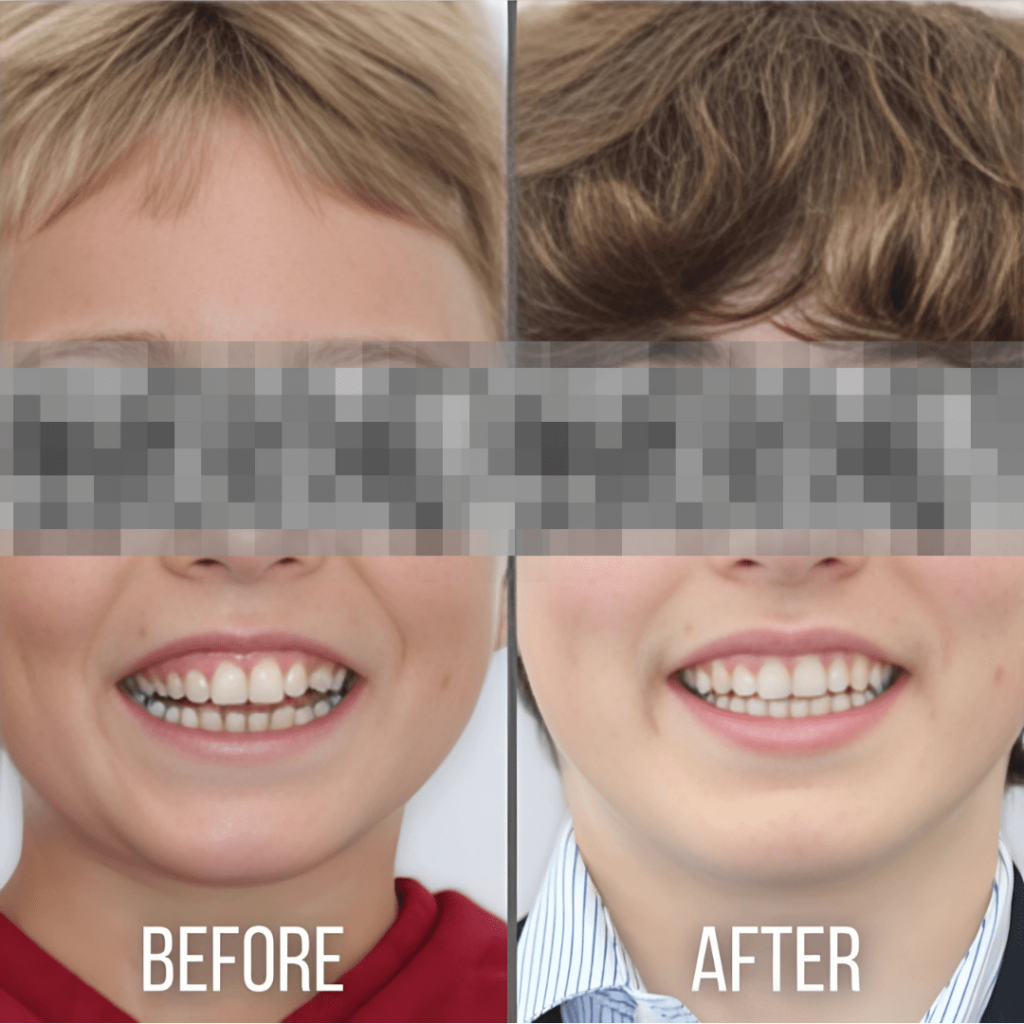The Smile Secret Most Parents Miss: Why Early Orthodontic Care Can Change Your Child’s Life
Imagine this: your child’s permanent teeth are just starting to come in, and everything seems fine. No visible issues, no discomfort — so why rush to an orthodontist?
Here’s the truth most parents don’t realize: by the time problems are visible, the ideal window for correction may have already passed.
Early orthodontic care for kids isn’t about putting braces on a 7-year-old. It’s about guiding your child’s smile while it’s still developing — setting the stage for confidence, comfort, and long-term dental health.
What Is Early Orthodontic Care — and Why Is It So Important?

Early orthodontic care, also known as interceptive orthodontics, typically begins between ages 6 and 10, while baby teeth are still present and adult teeth are starting to erupt.
The goal isn’t always to “fix” anything right away, but to identify potential issues early, such as:
- Crowding or spacing problems
- Crossbites, overbites, or underbites
- Jaw growth irregularities
- Mouth breathing or thumb sucking habits
- Early or late loss of baby teeth
Think of it like building a house: would you rather fix a crooked frame before the walls go up, or after everything’s already in place?

What Happens During an Early Orthodontic Evaluation?

During your child’s first orthodontic visit (recommended by age 7, according to the American Association of Orthodontists), the specialist will:

- Take panoramic X-rays and photos
- Examine tooth eruption patterns
- Assess bite alignment and jaw development
- Look for signs of airway obstruction or harmful habits
Based on the findings, the orthodontist might say:
- “Everything looks great! Let’s monitor it yearly.”
- “Let’s use a small appliance now to guide the jaw’s growth.”
- “This issue may need full braces later, but early steps now will make it easier.”
No pressure. No unnecessary treatment. Just smart prevention.
The Hidden Benefits of Early Orthodontic Care
You might wonder, “Why not just wait until they’re teens and do it all at once?”
Here’s what many parents don’t realize: early intervention often prevents major problems later, and can even eliminate the need for braces altogether.
- Avoid complex, costly treatments later
- Minimize tooth extractions or jaw surgery
- Improve speech, chewing, and breathing
- Correct harmful habits early (like tongue thrusting or thumb sucking)
- Boost self-esteem by preventing visible issues before they start
One small appliance or retainer now can save years of treatment and thousands of dollars in the future.
Real-Life Impact: Confidence Starts With a Smile
Let’s be honest — childhood isn’t always easy. Kids can be sensitive to teasing, especially about their appearance.
By guiding your child’s dental development early, you’re not just shaping their bite — you’re shaping their confidence.
You’re giving them a reason to smile freely, speak clearly, and feel good about themselves — not just today, but for a lifetime.
When Should You Schedule That First Visit?
Don’t wait until your child complains of crooked teeth or jaw pain.
The best time for an Early orthodontic evaluation for children is age 7, even if everything seems fine.
At this age, an orthodontist can catch problems before they become complicated, and recommend a simple monitoring or action plan.
Early care doesn’t always mean early braces, but it always means better peace of mind.
Final Thoughts: A Smile That Grows Right From the Start
Your child’s smile is one of their greatest assets. With early orthodontic care, you’re investing in more than straight teeth — you’re investing in their health, happiness, and confidence.
So don’t wait for problems to show up.
Catch them early. Guide the smile. Change a life.
 Call
Call 


